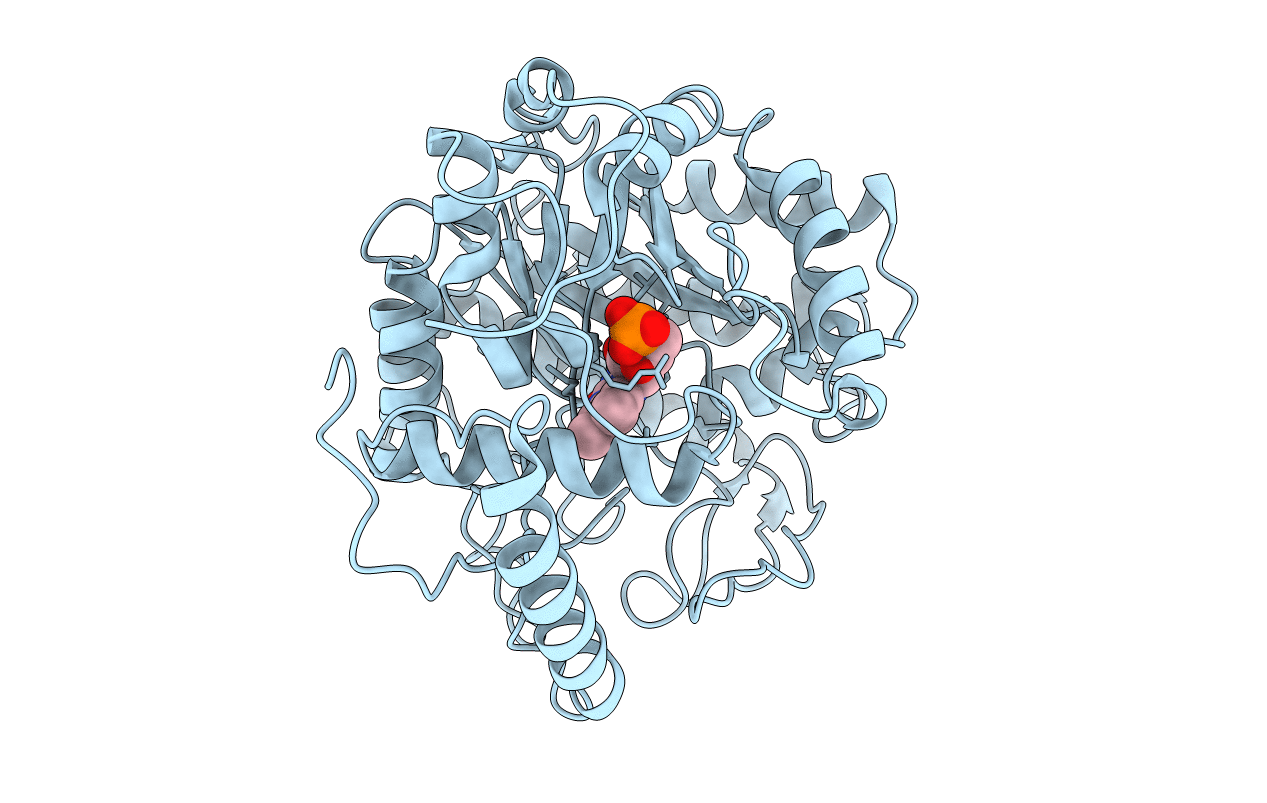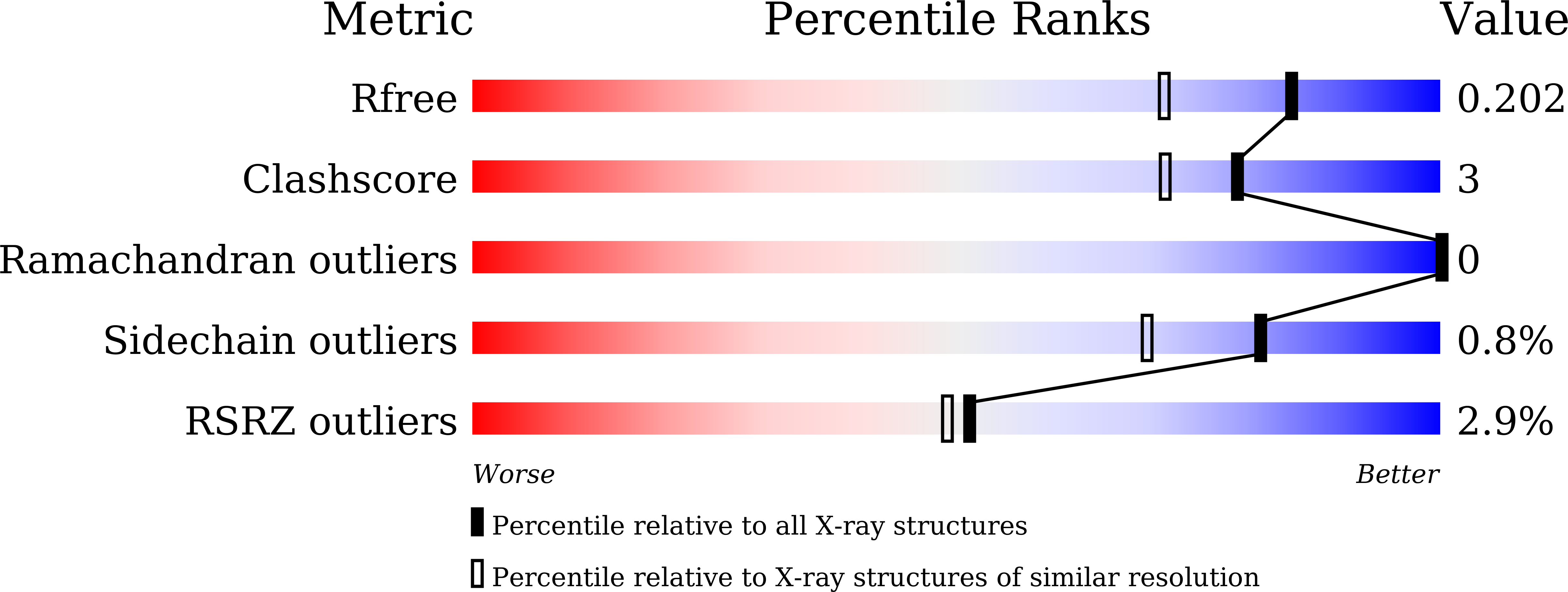
Deposition Date
2021-07-21
Release Date
2022-04-27
Last Version Date
2023-11-29
Method Details:
Experimental Method:
Resolution:
1.59 Å
R-Value Free:
0.19
R-Value Work:
0.17
R-Value Observed:
0.17
Space Group:
P 21 21 21


